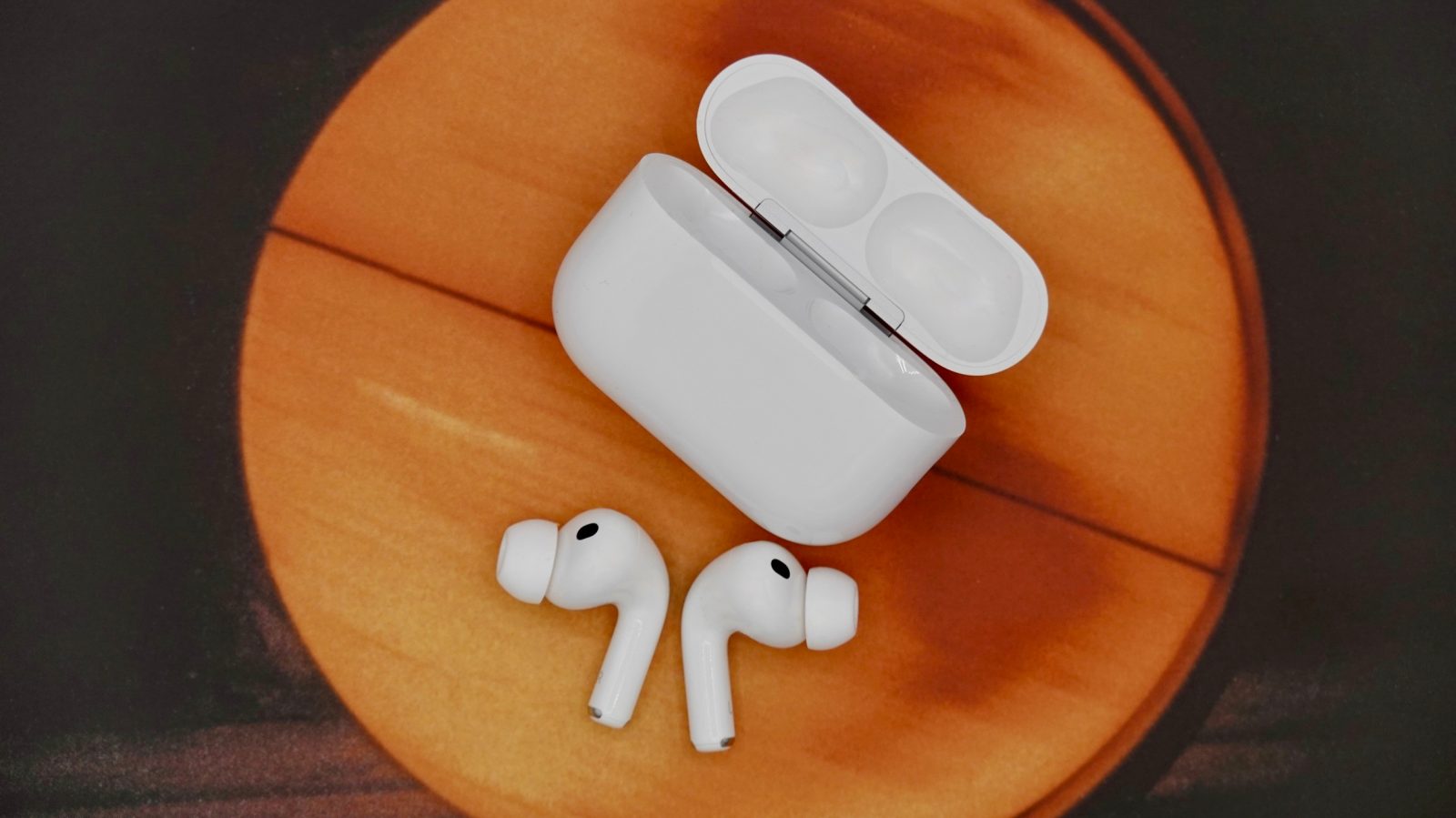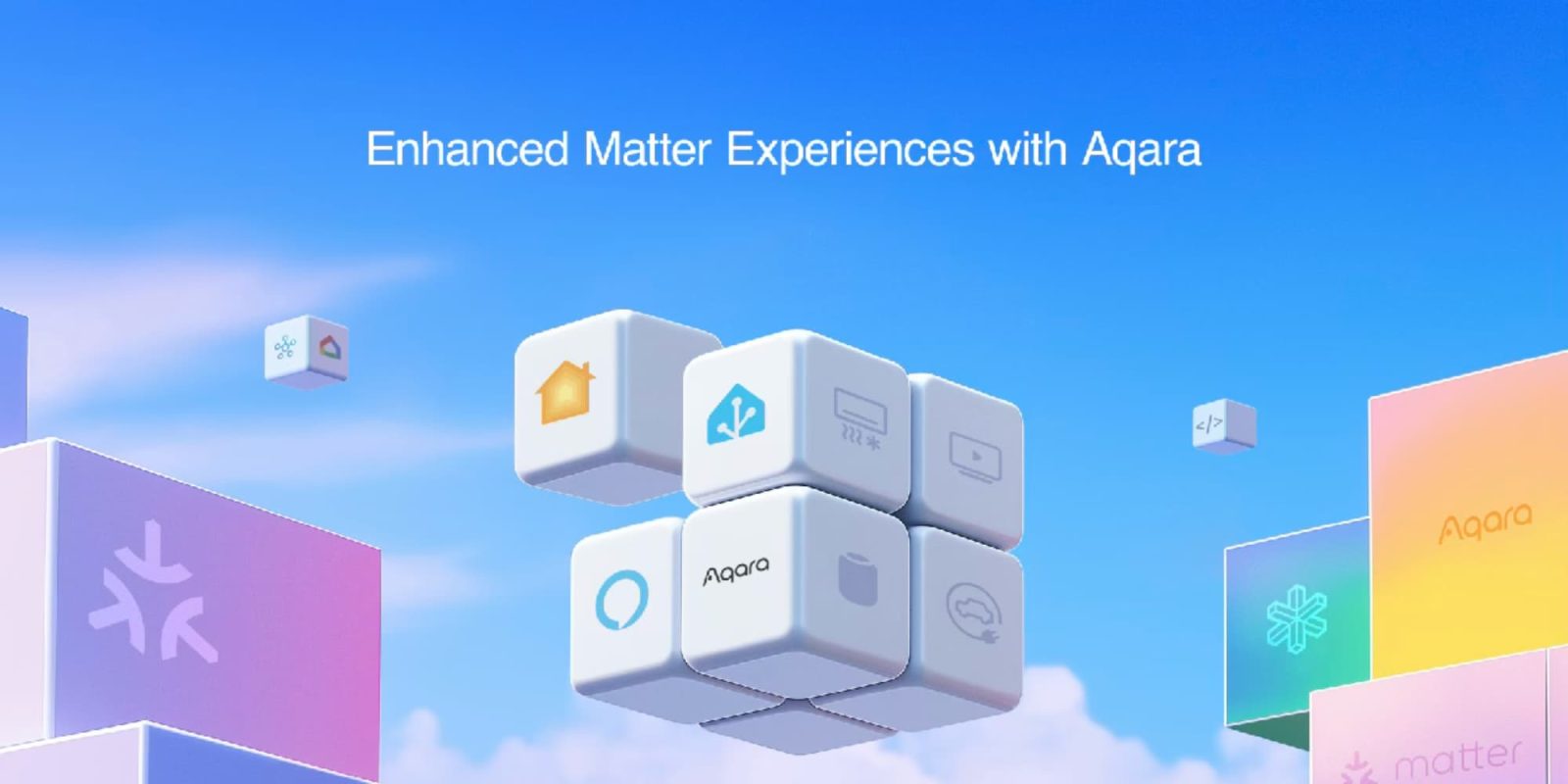Apple has recently released version 4.0.0 of its TestFlight application, introducing a significant visual overhaul and laying the groundwork for an innovative app discovery feature. This update aligns TestFlight with Apple’s latest design philosophy and enhances user accessibility.
Embracing the Liquid Glass Design
The standout feature of this update is the integration of the Liquid Glass design, a hallmark of Apple’s iOS 26 aesthetic. This design approach emphasizes transparency, layering, and depth, providing a more immersive and visually appealing user experience. The adoption of Liquid Glass in TestFlight signifies Apple’s commitment to a cohesive design language across its ecosystem.
Enhanced Accessibility Features
In addition to the visual refresh, TestFlight 4.0.0 introduces several accessibility improvements:
– VoiceOver Support: This feature enables users with visual impairments to navigate the app through spoken descriptions of on-screen elements.
– Voice Control Integration: Users can now operate TestFlight using voice commands, offering a hands-free experience that enhances usability for individuals with motor disabilities.
– Larger Text Options: The update includes support for dynamic text sizing, allowing users to adjust the text size according to their preferences, thereby improving readability.
These enhancements reflect Apple’s ongoing dedication to making its applications accessible to a diverse user base.
Stability and Performance Improvements
Beyond design and accessibility, the update addresses various stability issues and bugs. Users can expect a more reliable and smoother experience when testing beta applications through TestFlight.
Introducing the ‘Tester Matching’ Feature
A particularly intriguing aspect of this update is the preparation for a new feature called Tester Matching. Although not yet active, this feature aims to revolutionize how users discover beta applications. By analyzing user interests and preferences, Tester Matching will suggest beta tests for apps that align with individual user profiles.
This proactive approach to app discovery could significantly benefit both developers and users. Developers will have the opportunity to reach a more targeted audience for their beta tests, potentially leading to more relevant feedback and higher-quality applications. Users, on the other hand, will gain access to beta versions of apps that genuinely interest them, enhancing their engagement with the TestFlight platform.
Anticipated Developer Guidance
While Apple has not officially announced the Tester Matching feature, it is expected that the company will provide developers with detailed information on how to utilize this functionality effectively. This guidance will likely cover how to optimize app metadata and user engagement strategies to align with the Tester Matching algorithms.
Conclusion
The release of TestFlight 4.0.0 marks a significant step forward in Apple’s beta testing infrastructure. By adopting the Liquid Glass design, enhancing accessibility, and preparing for the innovative Tester Matching feature, Apple continues to demonstrate its commitment to improving the developer and user experience. As the Tester Matching feature becomes active, it is poised to transform the landscape of app discovery and beta testing, fostering a more personalized and efficient ecosystem for all stakeholders involved.



